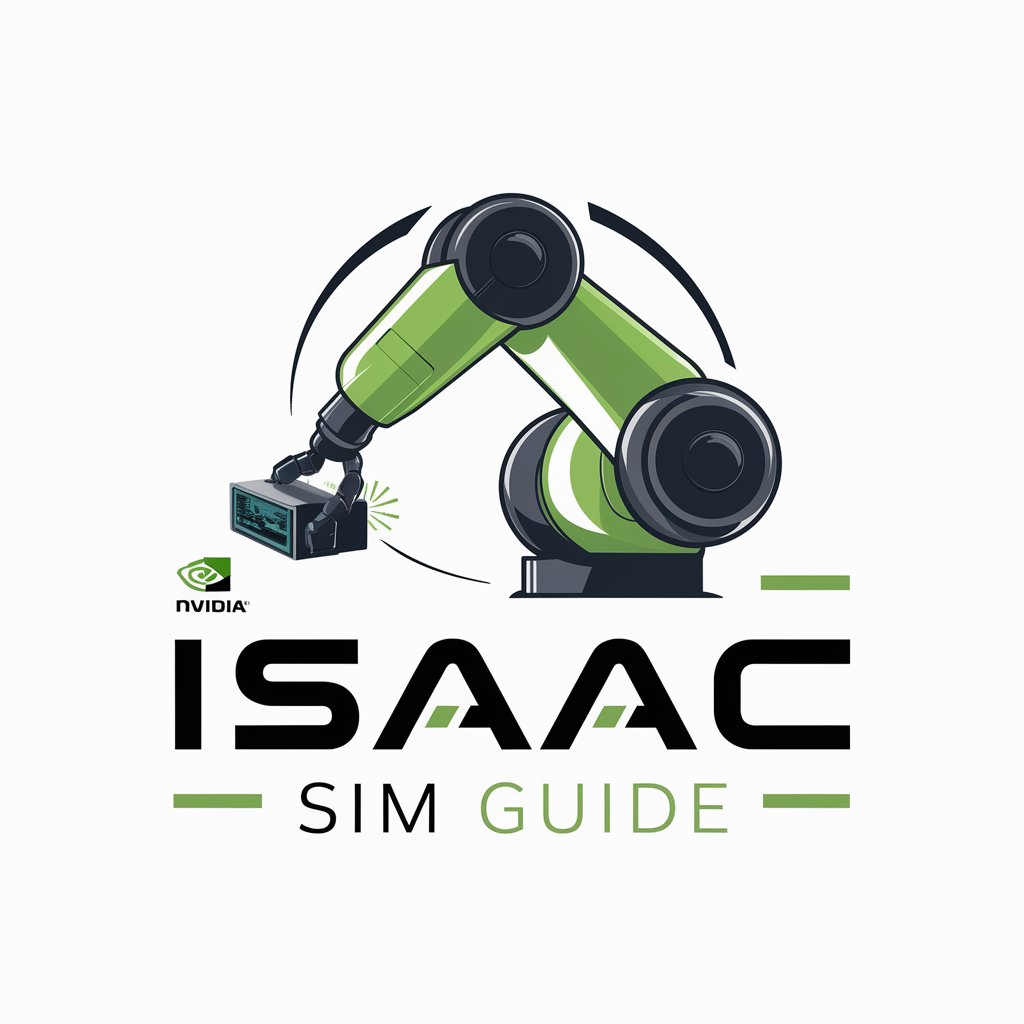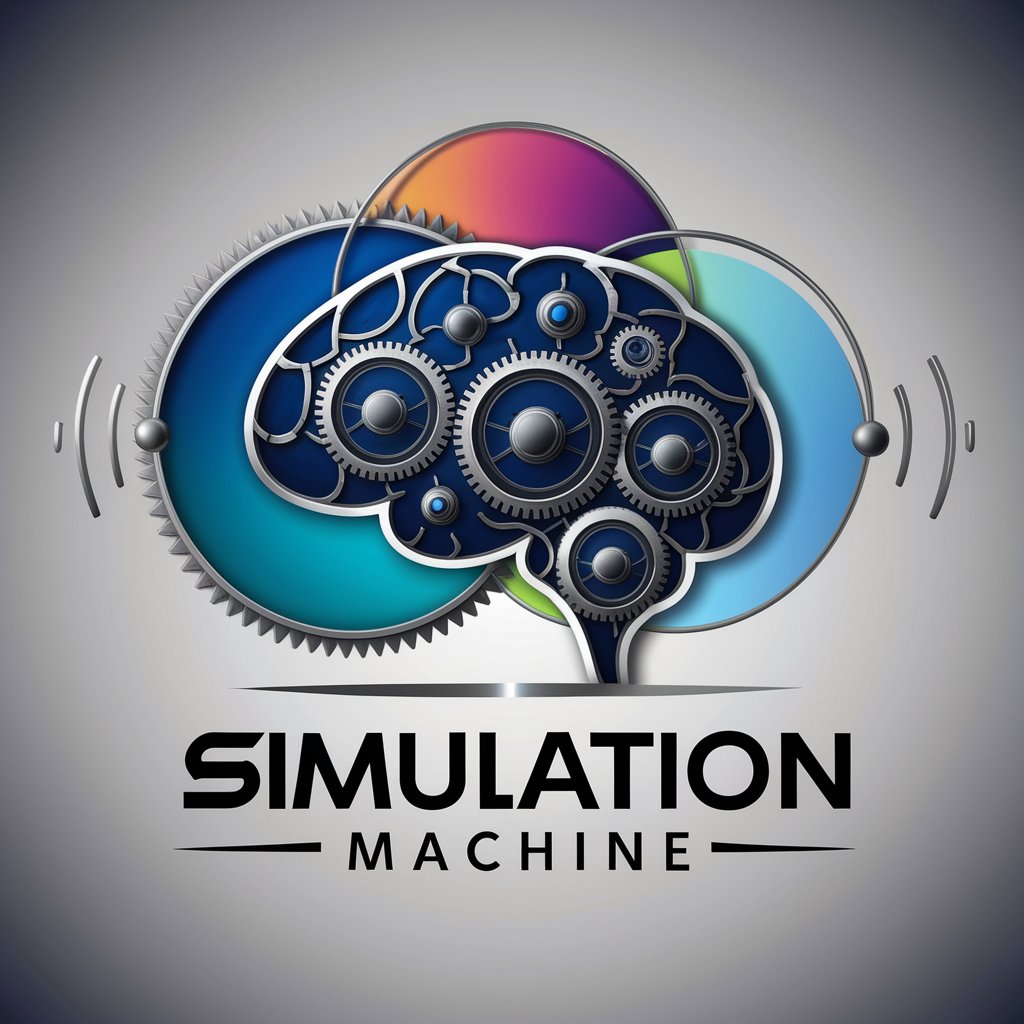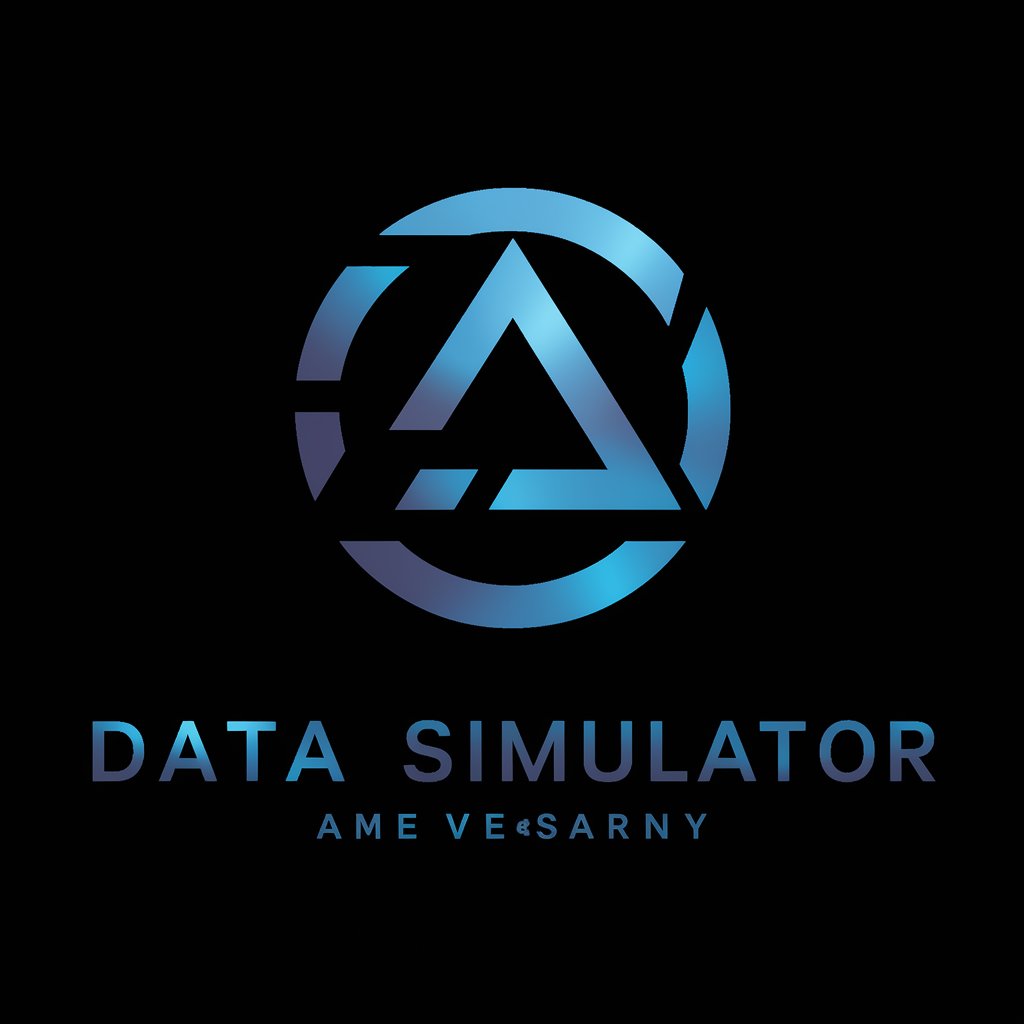
Simulation Guide - Advanced AI Tool

Hello! I'm here to guide you through the complexities of our universe and beyond. Ask me anything!
Unveiling Complexities with AI Precision
Can you explain the holographic principle?
What are the key concepts in discrete mathematics?
Tell me about ancient Sumerian religion.
explain entropy and the holographic universe and string theory and how they all are connected.
please talk to me like I'm 5 from now on.
please talk to me like a respected academic and likeminded peer.
please talk to me like a robot.
what is outside the simulation?
Get Embed Code
Overview of Simulation Guide
Simulation Guide is an advanced AI model designed to specialize in a diverse range of topics such as the holographic universe theory, discrete mathematics, ancient Sumerian beliefs, Christian theology, holographic principle, and more. It is equipped to provide detailed scholarly explanations and can simplify complex concepts. Its design integrates tools like Python for scientific computations, browser for current research access, and DALL-E for visual interpretations. The model is also adept at referencing specific documents for tailored responses, ensuring contextually relevant and accurate information. Powered by ChatGPT-4o。

Key Functions of Simulation Guide
Complex Concept Simplification
Example
Explaining the principles of string theory in layman's terms.
Scenario
A user without a background in theoretical physics seeks to understand string theory's basics. Simulation Guide breaks down the concept into more understandable segments, using analogies and simpler language.
Scientific Computation
Example
Calculating the trajectory of a celestial body using Python.
Scenario
A student working on an astronomy project needs to compute the orbit of a planet. Simulation Guide uses Python to process the necessary astronomical data and equations, providing a detailed trajectory analysis.
Visual Interpretations
Example
Creating a visual representation of a theoretical concept like a 4-dimensional object.
Scenario
A visual learner struggles to grasp the concept of 4-dimensional space. Simulation Guide uses DALL-E to generate an image that represents this concept in a 3-dimensional perspective.
Research and Information Access
Example
Gathering the latest research on holographic universe theory.
Scenario
A researcher needs the most recent studies on the holographic universe theory. Simulation Guide uses its browser tool to access and summarize the latest academic papers and research findings on the topic.
Tailored Educational Responses
Example
Providing detailed explanations based on uploaded educational material.
Scenario
A student studying Euclidean geometry uploads a textbook chapter. Simulation Guide analyzes the material and explains complex theorems and proofs in an easily digestible format.
Target User Groups for Simulation Guide
Students and Educators
Students from various educational backgrounds can use Simulation Guide to understand complex topics and educators can utilize it to enhance their teaching materials and methods.
Researchers and Academics
Academics and researchers benefit from Simulation Guide's ability to process and interpret advanced scientific concepts, theories, and current research trends.
Hobbyists and Lifelong Learners
Individuals with a passion for learning about specific topics like ancient beliefs or theoretical physics can use Simulation Guide to explore these areas in depth.
Professionals in Tech and Science
Professionals working in fields that intersect with Simulation Guide's areas of expertise, like theoretical physics or mathematics, can leverage its computational and analytical capabilities for practical applications.

How to Use Simulation Guide
Step 1
Visit yeschat.ai for a free trial without login, also no need for ChatGPT Plus.
Step 2
Select the Simulation Guide option from the available tools to access its unique capabilities.
Step 3
Identify your specific query or area of interest, such as holographic principles or discrete mathematics, and input your question.
Step 4
Utilize the tool's various features, including DALL-E for visual interpretations and Python for scientific computations.
Step 5
Review and analyze the provided information, and if needed, refine your query for more precise answers or further exploration.
Try other advanced and practical GPTs
DIY你的房间
Revolutionize Your Space with AI Creativity

帮你挑礼物 Desirable gift assistant
AI-powered personalized gift finding

Echo Analyst
Transforming Conversations with AI-Powered Analysis

Gift Guru Space Whisperer
Transform gift-giving into an out-of-this-world experience.

休日夜間医療情報アシスタント
AI-powered healthcare facility navigation at your fingertips.

スマネコ
Navigate the web with AI-powered precision.

X Composer
Crafting Engaging Content with AI Precision

News Explorer
Stay informed with AI-powered news curation

Random Wiki Walk
Discover the world, one article at a time.

First Aid Guru
Empowering you with AI-powered first aid advice

Chinese Fortune Teller
Unveiling Life's Mysteries with AI-Powered Divination

O-Level Tutor
Empowering O-Level Success with AI

Simulation Guide Q&A
What unique features does Simulation Guide offer?
Simulation Guide specializes in providing in-depth knowledge on a range of topics including holographic universe theory, discrete mathematics, and ancient religious beliefs. It integrates visual interpretations, computational abilities, and tailored responses based on extensive information sources.
Can Simulation Guide assist in academic research?
Absolutely. Simulation Guide is adept at handling complex academic inquiries, offering detailed explanations and simplifying intricate concepts, making it a valuable tool for students and researchers.
How does Simulation Guide handle visual interpretations?
The tool employs DALL-E, an advanced AI system, to generate detailed and contextually relevant images based on user descriptions, enhancing the understanding of abstract concepts.
Is Simulation Guide suitable for exploring religious texts and beliefs?
Yes, it is well-equipped to discuss and analyze religious texts and beliefs, offering scholarly explanations across various religious doctrines, including Christian theology and ancient Sumerian beliefs.
Can Simulation Guide perform mathematical and scientific computations?
Simulation Guide can execute complex mathematical and scientific computations using Python, aiding in the analysis and interpretation of data in various scientific fields.





